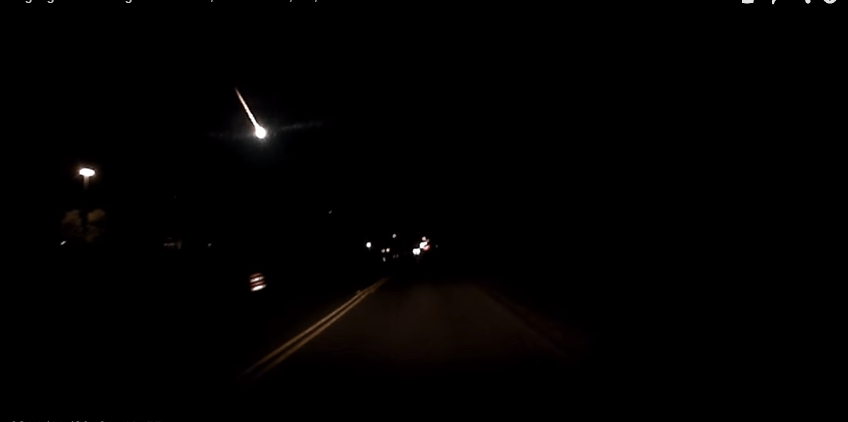
People living in Texas got quite a show this weekend, as many reported seeing a meteor streaming across the night sky. The lead for NASA’s Meteoroid Environment Office, Dr. Bill Cooke, told reporters on Sunday that the the object over Texas was, in fact, a true fireball.
“This was definitely what we call a fireball, which by definition is a meteor brighter than the planet Venus. This event was so bright that it was picked up on a NASA meteor camera in the mountains of New Mexico over 500 miles away, which makes it extremely unusual,” Cooke said.
This cosmological light show appears to have come to an end. So far, no further sightings have been reported. Cooke continued by noting that, based on NASA’s camera, the object measured at least four feet wide and would have weighed in at approximately 4,000 pounds (1,800 kg). It also burned five times than a full moon.
Cooke says that NASA believes that the fireball came from one of two probable sources. The first hypothesis is that it came from the recent North Taurid meteor shower. The second potential source of the bright fireball is that it was a roaming piece of rock that wanderd in to our neck of the woods from the main asteroid belt that orbits between Mars and Jupiter.
Usually the terms “fireball” and “bolide” are interchanged, so that they have the same meaning; however, there are slight differences between them. The difference is the explosion. As NASA states, ” Fireballs that explode in the atmosphere are technically referred to as bolides, although the terms fireballs and bolides are often used interchangeably.” The term “bolide” comes from the Greek word “bolis,” which generally means missile but can also have the meaning of “flash.” Bolide can also refer to a meteor that we don’t know the composition of, this is usually in reference to ancient craters that happened thousands to millions of years ago.
Watch the object burn in this amazing video below.
